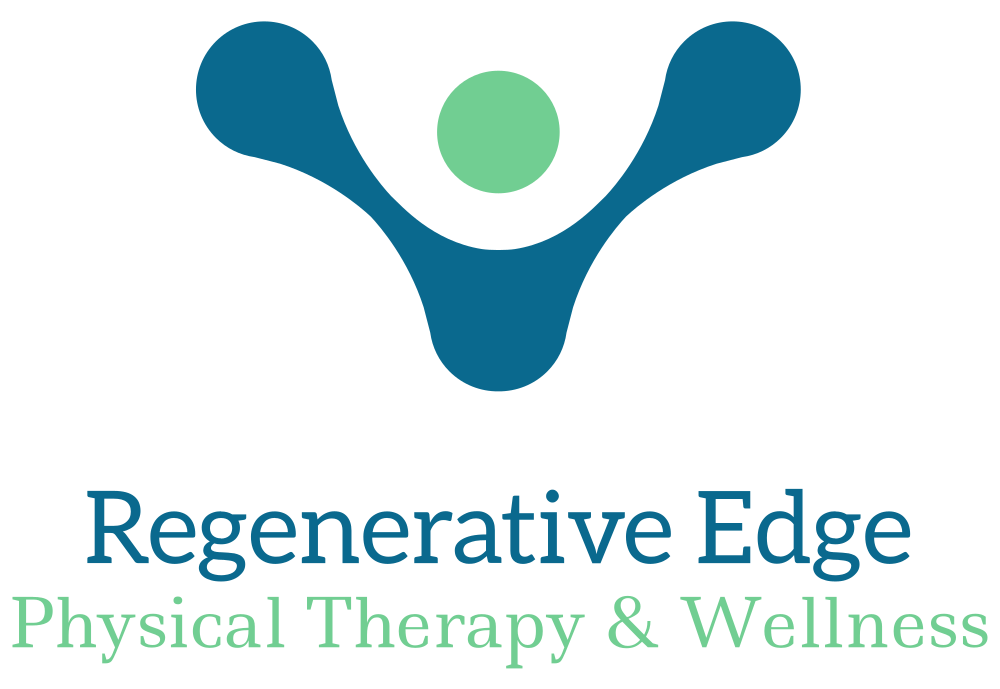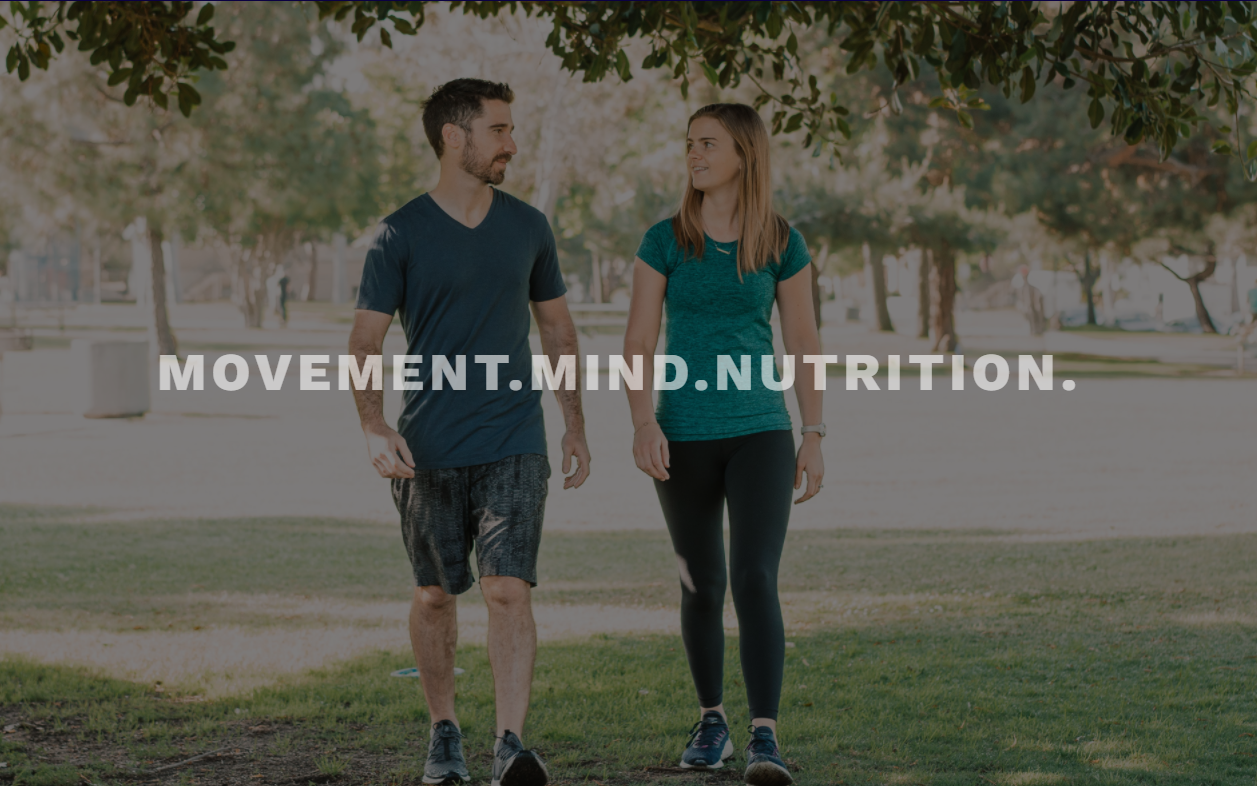Carbon Dioxide (CO2) has been given a bad rap. People treat it as a byproduct of cellular respiration (see equation below) and can’t wait to get rid of it as waste.
Oxygen goes into your lungs, gets moved to your tissues via red blood cells and hemoglobin. Glucose present gets broken down and this results in the production of ATP for energy, water and CO2. ATP is used by your cells to perform any task, water is usually lost as perspiration and CO2 is transported back to your lungs by red blood cells and hemoglobin to be exhaled (Oxygen and CO2 are also transported in the blood outside of red blood cells). It would make sense that CO2 is viewed as a waste since there’s no use for it in the above equation. However, CO2 is essential for human life.
CO2 is what signals to your brain and tissues that oxygen is needed in various ways. When CO2 is present in your blood it forces hemoglobin to release the oxygen that it carries from your lungs so that the oxygen can be used by your cells. Without CO2, oxygen remains bonded to hemoglobin and never enters your tissues. If you wear a pulse-oximeter it usually will say 98-100%. What this number tells you is what % of your hemoglobin is carrying oxygen at the site of the meter (100% at your finger means that almost all of the hemoglobin is carrying oxygen and very little has been allowed to enter your tissues). Your body is very good at keeping oxygen present as you change activities so you will increase your heart rate or respiratory rate to get more oxygen to the tissues but the pulse oximeter % will very rarely get below 98%. People that hyperventilate or have a panic attack will get lightheaded and sometimes pass out despite a pulse oximeter reading of >98%. What is the mechanism for this?
Hyperventilation causes you to exhale most of the CO2 in your circulation via the lungs. The lack of CO2 signals to your body that oxygen should remain attached to hemoglobin and not enter your tissues. So even though you have plenty of oxygen in circulation it remains impossible for your tissues (brain, muscles, organs, etc) to access that oxygen. Mild hyperventilation or overbreathing can result in chronically low levels of CO2 and persistent poor oxygenation of tissues. Overbreathing usually happens at rest or while sleeping if a person regularly breathes through their mouth instead of their nose. Slow breathing in and out through the nose forces you to breathe correctly and tolerate a more normal balance between oxygen and CO2 in your body. If you wake up from a night of sleep exhausted with a dry mouth, have been told that you snore, or sleep with your mouth open then you can be confident that this is affecting your ability to utilize oxygen and allow tissues to recover.
One quick test courtesy of The Oxygen Advantage to assess your sensitivity to CO2 in circulation is as follows: breathe normally for 30 seconds, take a normal inhale, take a normal exhale and pinch your nose closed. Time yourself for how long until you feel the first urge to breathe (this could be tightness in your throat, spasm of your diaphragm, etc.). Don’t hold your breath for as long as possible, that is a different test. We are trying to assess how sensitive your chemoreceptors in your blood vessels are to the build-up of CO2. The amount of time that passed is your BOLT (Body Oxygen Level Test) score. Anything under 20 seconds is considered below average. The accumulation of CO2 in your blood, not the lack of oxygen, is what triggers your brain to tell you to breathe again. A lot of factors can affect your score but the good news is that you can do activities to improve your score and health.
Work with the team at Regenerative Edge PT to learn more about The Oxygen Advantage and how you can take your health into your own hands.


0 Comments